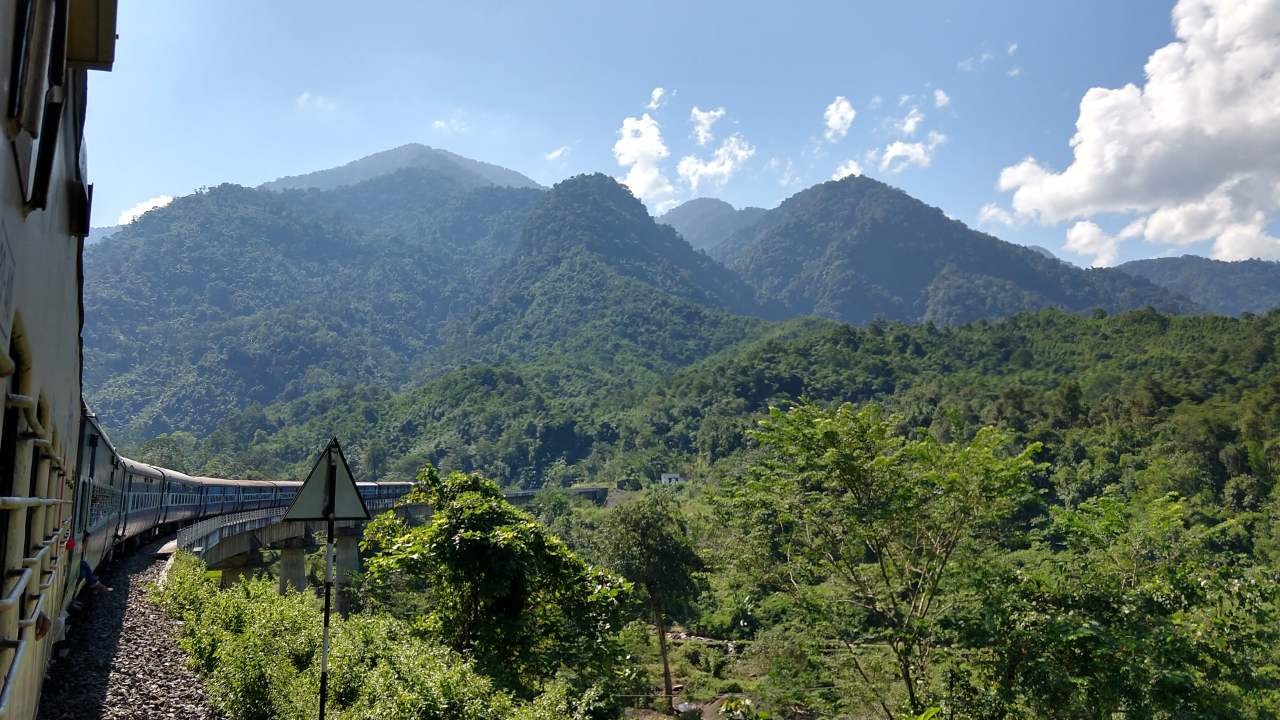Welcome to Labkafe ~ Orientallabs Retail Services Private Limited
With the Assam board HS exams right around the corner, students studying under the Assam Higher Secondary Education Council (AHSEC) should be anxious to finish the curriculum, as well as the teachers. Today, we present to you the AHSEC physics practical syllabus in detail with explanations. Armed with this, you will be able to know exactly what they will expect out of you in the exam.
The education system in Assam is handled by two governmental bodies ‒ the AHSEC and the Board of Education, Assam. AHSEC handles the upper secondary or higher secondary classes (XI and XII), while SEBA handles classes primary to 10th grade. The system is well-formatted to handle the coming requirements of the New Education Policy 2022 .

Assam board HS council divides the physics curriculum into two parts ‒ theoretical and practical. The theoretical part includes a lot of important knowledge, but the problem with modern education is that nowadays pertinent skills come from hands-on learning only. This is why the practical bit of the syllabus is so important.
However, not all schools complete all the experiments in the practical syllabus. Doesn’t matter what reason there may be, at the end the students may feel incomplete compared to other boards or schools that do complete the syllabus. So, you should go over the following curriculum and see which experiments and observations you need to complete. Labkafe can help you with the rest, or revisions of the same if needed.
The AHSEC physics practical syllabus itself is divided into two parts ‒ sections A and B. Each student, at the time of the yearly examination, has to submit a record. The record has to include the reports of the following:
In the practical examination, there will be 3 hours of time to complete two experiments that you’ve covered, for 8 marks each. After this, you will have to give your practical record, which is marked for 6 marks. The project work you’ll present is valued at 3 marks, and a viva session on everything above for 5 marks.

As mentioned above, the Assam board physics practical is divided into two sections as follows.
Experiments
Activities
Experiments
Activities

The AHSEC will hold the higher secondary examinations from March 15 2022 to April 12 2022. Almost all tests will be held at half-past one in the afternoon. The practicals are supposed to be done by 10th March. Millions of students in Assam will sit these exams, and we wish our best to all of them.
All of the above experiments and activities in the AHSEC physics practical syllabus can be performed using Labkafe’s AHSEC Physics Lab Package. This special laboratory equipment and consumables package are custom-made for the Assam board syllabus, and best used for 30 students (although that can be easily customized). This lab package is mandatory for you if you’re trying to get an AHSEC affiliation. We have affiliation lab packages for other boards like CBSE ICSE IGCSE and other state boards.
For additional understanding of these physics laboratory experiments and activities, the Assam Higher Secondary Education Council recommends that you follow the NCERT Physics lab manuals which you can find here . We also recommend that you follow Labkafe’s Youtube channel to see live demos of these practicals.
Image courtesy: pexels, pixabay, unsplash
Labkafe is among the most promising laboratory supplies vendors in India. We manufacture and supply lab equipment, lab furniture, lab consumables, lab glassware, lab machines and more! Not only we manufacture lab items, we export to international resellers too. We fulfill CBSE ICSE ISC IGCSE IB State board affiliation requirements for schools by providing affiliation packages to schools. Our featured products are:
Chosen by over 1200 schools, colleges, universities, research labs, government agencies and private companies to build or renovate their laboratories, Labkafe stands as your best friend when it comes to labs. We are also a registered OEM on GeM. Our clients love us because we provide the best quality of lab products, free demos, free installation, and support for ever.
Do you wish to experience excellence too? Why not contact us today at [email protected], or call 9147163562 directly ‒ we are always available to serve. You can also use the chat button in the corner to connect to one of our representatives instantly!
Feb 16, 2023 by Biswajit Sana
Jun 09, 2022 by Swarna Karmakar